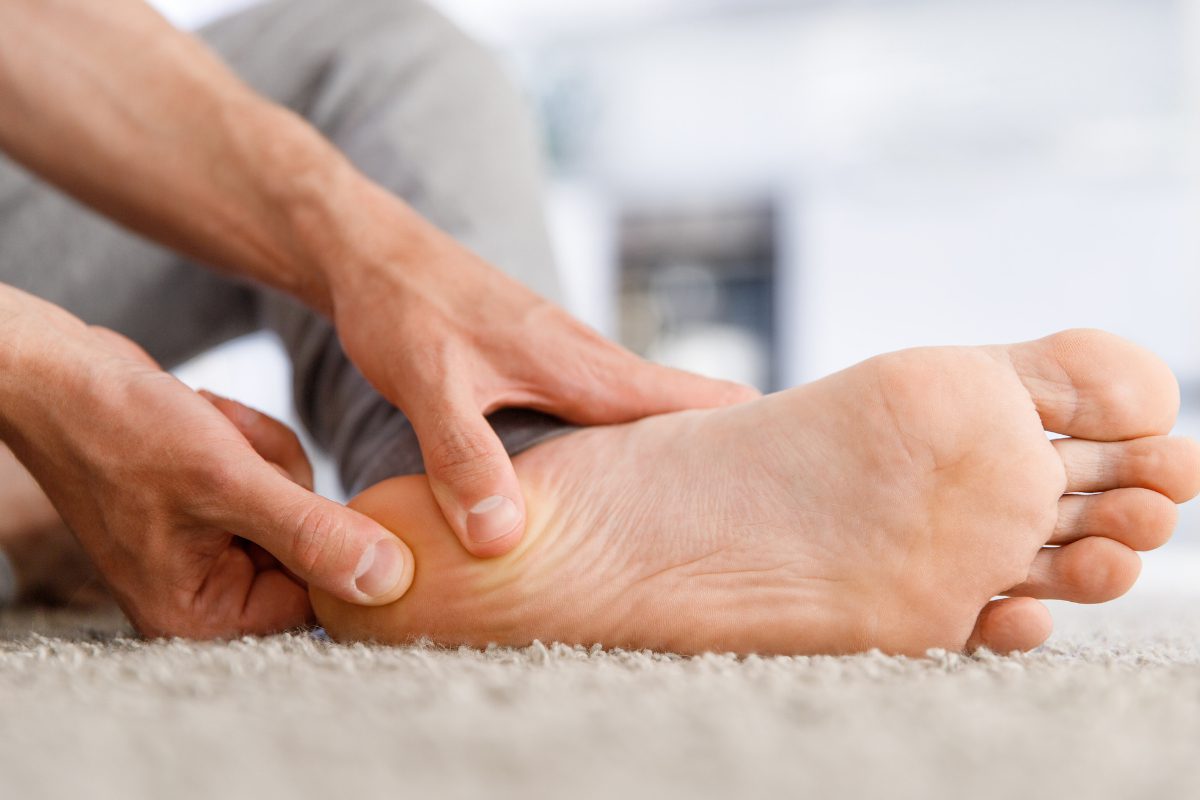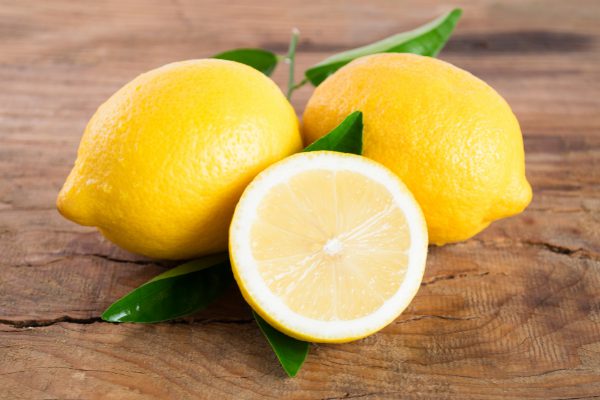
What are corns? Is it the same as a callus?
Corns, also known as corns, are nothing more than small areas of thickened skin that form as a result of prolonged pressure or friction. They cause condensation of collagen fibers and accelerate the maturation of flattened horn cells.
Among corns, there are two main categories:
- Hard corns: Hard corns protrude slightly above the surface of the skin and present themselves as small, round patches with a shiny, pale yellow hue. They are characterized by the presence of a root that extends inward. Their pressure causes acute pain, making every step through an unpleasant experience.
- Soft corns: Soft corns are flexible and lack a centrally hardened area. Although flexible, they too can cause some pain, persisting as a result of prolonged pressure or friction.
Calluses are a slightly different case. Corns are more limited than calluses and penetrate very deeply, plus they have a so-called root. Pressure on the corns causes pain, while in the case of a callus such pain practically does not arise. Calluses are formed as a result of keratinization and accumulation of the epidermis, while corns, as a result of constant and intense pressure, which cause inflammation that penetrates deep into the skin.
The most common sites for the formation of imprints:
- On the joints of the fingers,
- between the toes,
- On the sole of the foot,
- under the nail plate,
- in the nail shafts.
Where do corns on feet come from?
The causes of corns can be many, and among them are:
- ill-fitting footwear,
- existing medical conditions, such as various foot deformities, calluses,
- postural defects, flat feet,
- obesity,
- abnormal gait,
- prolonged sitting,
- playing sports.
There can be many causes, and as always, prevention is best than cure, for example, by fixing other conditions or choosing the right shoes.
Can bad shoes cause corns on the feet?
We described that corns on the feet are formed as a result of sustained and prolonged pressure. Well, and what can put more pressure on our feet than ill-fitting footwear?
Unfortunately, all elegant, winter, or other such , “heavier” shoes tend to be very stiff. If this is the case, it is very easy to get pressure in various areas of the foot and the formation of corns. If we react reasonably quickly, we can prevent them, but corns have the property that lesions on the feet arise quite painlessly at first, only to quickly develop into a more serious problem. Especially if all the time we are taught the philosophy of , “after all, you’re spreading”, “and there a little pinch must”, “you have to look” and the like. Later there comes a time when corns need to be removed even surgically, and it is no longer so colorful.
Properly selected, flexible and, most importantly, NOT TOUGH shoes are a guarantee that calluses and corns and even abrasions will not bother our feet.
Home remedies for corns – 5 ways to cure corns by natural means
Of course, as with any condition, we advise you to listen to yourself, and in very painful or problematic cases, refer to a doctor (in this case, a podiatrist will help). However, calluses and corns can be successfully treated at home with natural ingredients. There are many special remedies on the market, exfoliating socks, applicators, corns patches and other remedies that can help, but if you are just beginning to notice problems in yourself, proper care and home methods can go a long way in overcoming calloused skin and everything under it.
Wraps of fresh lemon or pineapple
Both of these fruits have enzymes that can soften the epidermis and make it easier to remove the imprint along with the root. It is enough to slice one or the other and wrap the area with the imprint with gauze with the fruit applied. Such a “dressing” can be left overnight, and on the next day gently remove the corns. Whether such a treatment will be effective, of course, depends on the severity of the condition.
Warm water, pumice stone and petroleum jelly
In some cases, soaking the skin of the feet long enough in warm water with or without soap is enough. Then, using a pumice stone, gently rub off the softened crusts (of course, beware of pain discomfort – the core will not be so easy to remove, so absolutely do not do anything by force).
Finally, using petroleum jelly, properly “protect” the place of treatment, so as not to lead to abrasion of the delicate skin.
Soaking feet in Epsom salt
Nothing prevents the above soaking in warm water additionally combined with EPSOM bitter salt. This natural salt, full of magnesium, helps soften the epidermis, and thus any corns or even calluses on the feet. EPSOM salt also has relaxing properties, so a full bath with it can allow you to kill two birds with one stone.
Natural oils, acids and ointments
The use of all-natural oils and ointments won’t hurt either, although here it’s worth making a minimal distinction between what actually helps and what is , “sold” with the fad of natural. Helpful can be:
- salicylic acid and lactic acid,
- urea,
- castor oil,
- almond oil,
- apple cider vinegar,
- olive oil,
- fresh spinach grated to a pulp,
With such remedies, it is often the case that remedy A will work on some, on others B. These are not harmful remedies, so go ahead and try which one will help you.
Baking soda and lemon juice
Combining the acidic ingredient from lemons with the alkaline ingredient can trigger a reaction that will help remove corns more easily. To start, mix warm water with lemon juice. Soak your feet for a few minutes, then add baking soda to it. Such a bath will soften painful corns and gently remove them or reduce their impact.
When should you go to the doctor?
If painful corns interfere with your movement, they give off an unpleasant ooze, they form on your feet supernaturally often – in this case it is necessary to visit a podiatrist. Symptoms and treatment can vary greatly and depend on the person or the initial condition of the foot. In extreme cases, corns with a root are removed surgically. Sometimes the doctor may prescribe special shoe inserts or other types of moisturizing creams and lotions (with more medicinal preparations).
Minimalist footwear – forget about the corns on your feet!
As we wrote above – corns are often caused by ill-fitting footwear and the constant rubbing of the foot by shoes that are too tight. What if we told you that barefoot footwear virtually eliminates this cause?
Minimalist footwear provides:
- full freedom of the foot, especially in the toes, so that no unsightly lesions develop on the feet,
- breathable materials, which contributes to healthy skin,
- zero drop sole, which forces the natural movement of the foot, and thus reduces the risk of postural defects or improper gait,
- are lightweight and flexible, so they don’t weigh down or bruise the foot.
Check out the wide selection of barefoot shoes for every occasion in our store. Check out:
- Footwear for men,
- Minimalist shoes for women,
- Footwear for children.
You are warmly welcome!



Leave a Reply